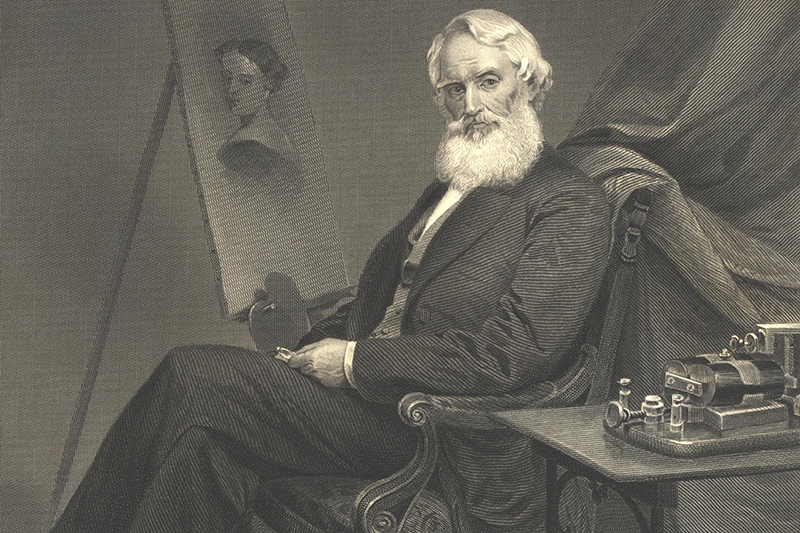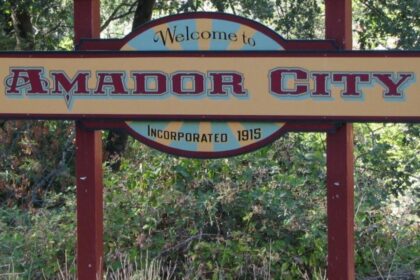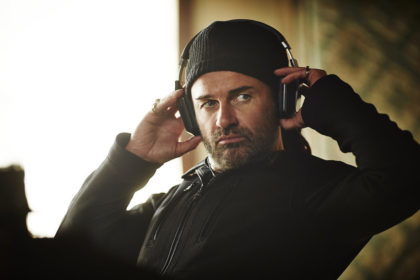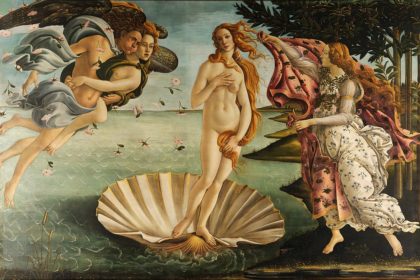Samuel Finley Breese Morse was an American painter and inventor. After having established his reputation as a portrait painter, in his middle age Morse contributed to the invention of a single-wire telegraph system based on European telegraphs. Take a look below for 30 more interesting and fascinating facts about Samuel Morse.
1. He was a co-developer of the Morse code and helped to develop the commercial use of telegraphy.
2. Morse was born in Charlestown, Massachusetts, the first child of the pastor Jedidiah Morse, who was also a geographer, and his wife Elizabeth Ann Finley Breese.
3. His father was a great preacher of the Calvinist faith and supporter of the American Federalist party.
4. His father thought that the Federalist party helped preserve Puritan traditions and believed in the Federalist support of an alliance with Britain and a strong central government.
5. Morse strongly believed in education within a Federalist framework, alongside the instillation of Calvinist virtues, morals and prayers for his first son.
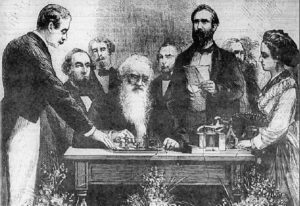
6. After Attending Phillips Academy in Andover, Massachusetts, Morse went on to Yale College to receive instruction in the subjects of religious philosophy, mathematics, and science of horses.
7. While at Yale, he attended lectures on electricity from Benjamin Silliman and Jeremiah Day and was a member of the Society of Brothers in Unity.
8. He supported himself by painting.
9. In 1810, he graduated from Yale with Phi Beta Kappa honors.
10. In 1811, Morse left on a three year trip to England with artist Washington Allston.
11. He attended the Royal Academy in England and painted his masterpiece while a student there, titled Dying Hercules.
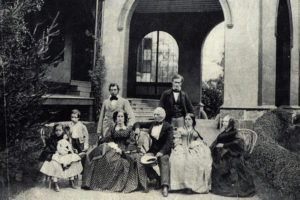
12. While at the Royal Academy, Morse studied the work of Michelangelo and Raphael.
13. While in England, the War of 1812 broke out at home in America. Morse began to oppose the Federalist party that his father supported.
14. In 1815, Morse left England to return to the United States. He set up a studio in Boston.
15. In 1815, he married Lucretia Walker. They had three children together.
16. Morse focused his art on commissions, creating portraits, although he preferred to pain large paintings depicting historical events. During this time, he painted George Washington and the Marquis de Lafayette.
17. In February 1825, Lucretia gave birth to their daughter and subsequently died. Morse didn’t hear about her being sick until she was already dead.
18. In 1829, Morse took a break from work and traveled to Europe. On his trip home he met another man with similar interests and they began to discuss electrical impulses and their ability to travel for long distances.
19. The inability to communicate over long distances in a short period of time inspired Morse to begin work on an invention that would make fast communication possible; this was the single-wire telegraph.
20. Alfred Vail helped Morse financially and intellectually to develop the Morse code, a system of dots and dashes.
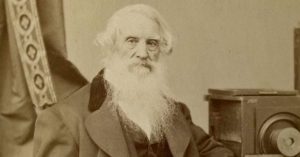
21. In 1842, Morse gained attention for his telegraph when he strung wires between two rooms in the Capitol that made it possible to transmit messages from room to room.
22. In 1844, Morse tapped out his first long distance Morse code message between Baltimore and Washington. His message was, “What hath God wrought!”
23. Morse was not recognized as the inventor of the telegraph until 1848, a year after a U.S. Supreme Court ruling stated that he was, in fact, the inventor of the telegraph.
24. Morse gave a lot of his wealth to charity.
25. Later in his life, he became interested in the relationship between science and religion, and provided the funds to establish a lectureship on “the relation of the Bible to the Sciences.”
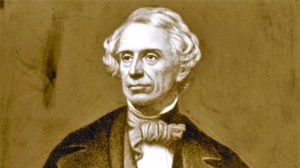
26. Though he was rarely awarded any royalties for the later uses and implementations of his inventions, he was able to live comfortably.
27. He died in New York City on April 2, 1872, and was interred at Green-Wood Cemetery in Brooklyn, New York. By the time of his death, his estate was valued at around $500,000, which is about $10.2 million today.
28. Morse was elected a member of the American Antiquarian Society in 1815.
29. A blue plaque was erected to commemorate him at 141 Cleveland Street, London, where he lived from 1812 to 1815.
30. In 1975, Morse was inducted into the National Inventors Hall of Fame.

